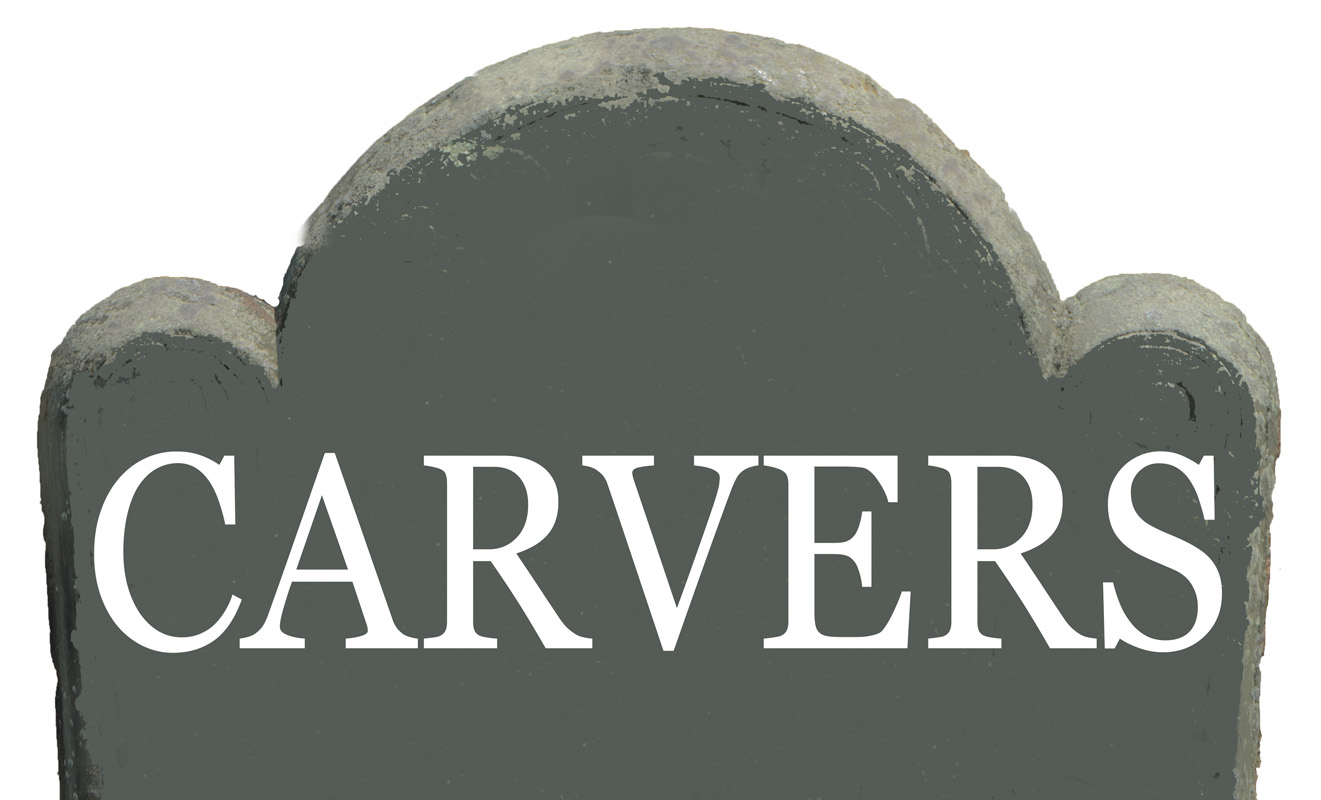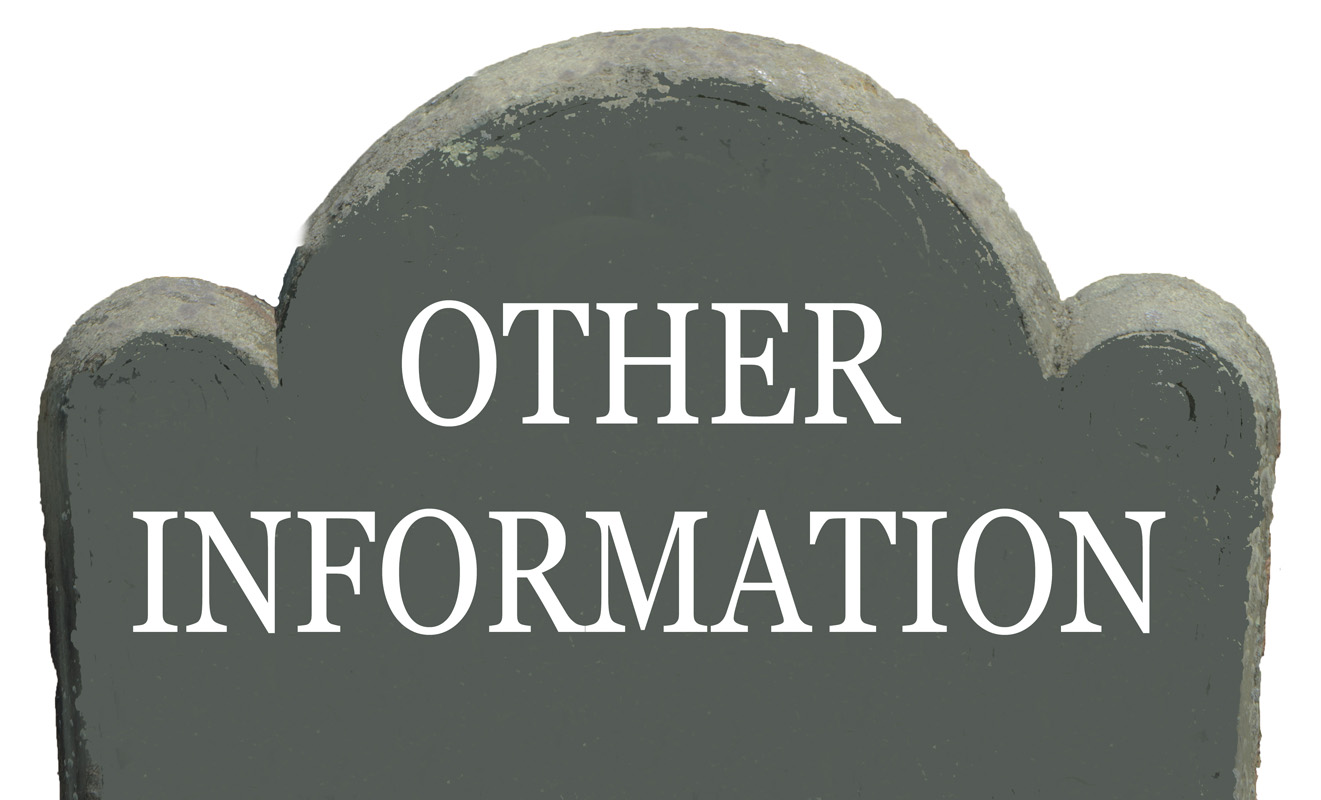
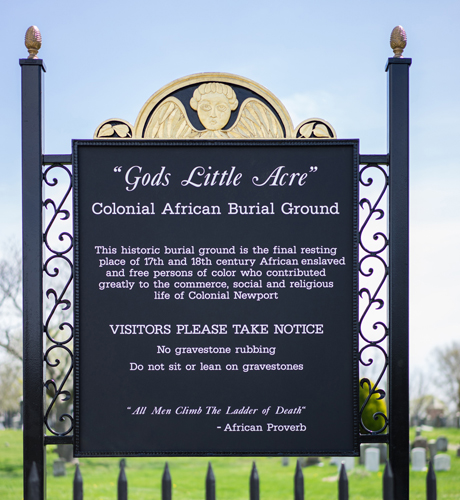 -
-
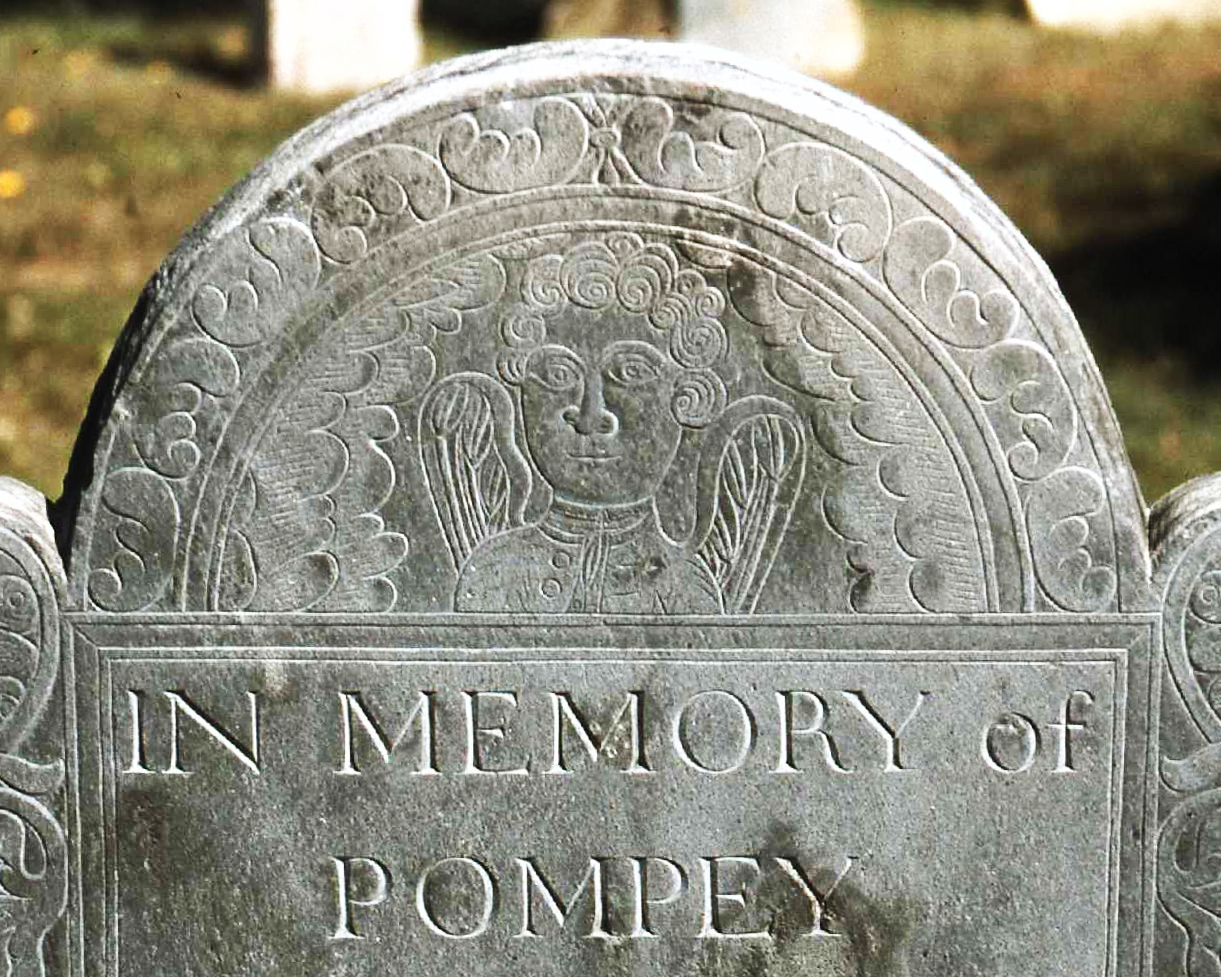 God’s Little Acre is the oldest and largest existing African burying grounds in the United States with the largest collection of 18th century stones for people of African heritage in the country. Although the total number of individuals buried here is unknown, there was at one time approximately 275 professionally carved slate headstones.
God’s Little Acre is the oldest and largest existing African burying grounds in the United States with the largest collection of 18th century stones for people of African heritage in the country. Although the total number of individuals buried here is unknown, there was at one time approximately 275 professionally carved slate headstones.
If all the known stones for colonial people of African heritage in New England were collected and put in one place, there would be more in God's Little Acre!
While the size of the collection is remarkable, each stone is an important historic and artistic artifact. The information, the images, and the grouping of the stones informs us about the people for whom they were carved and the society in which they lived.
Most of the gravestones in this section are identical in design to stones in other parts of the burying ground. Different images appear on some stones in the 1770s and are interpreted as being more African than European in design. All of these stones were carved by John Stevens III who was the most artistically trained carver in the Stevens shop. The change in design might have been created to reflect African features or may be the result of artist creativity.
Two of the most important stones are for Cuffee Gibbs (1728-1768) and Pompey Lyndon (1763c-1765). Both are believed to have been carved by Pompe Stevens, an enslaved African to William Stevens. The Gibbs stone is inscribed "This stone was cut by Pompe Stevens in memory of his brother Cuffe Gibbs." Pompe's style of carving matches that of William Stevens who most likely trained him, suggesting that some stones currently attributed to William may have been carved by Pompe.
Documents related to Cesar Lyndon are housed at the Rhode Island Historical Society. They shared two documents- Diary pages 1764 and a letter regarding Cesar from the Newport Historical Society 1959 along with 1765 diary pages and newspaper obituary for Sarah Lyndon, wife of Cesar.
The most comprehensive interpretation of this site can be found on the website maintained by the 1696 Heritage Group.
Use this link to visit their site, colonialcemetery.com
GLAPP Foundation
In 2021, a nonprofit organization formed by Giles Eyre to preserve and enhance God's Little Acre. GLAPP Foundation has conserved stones, completed a comprehensive stone condition assessment, guided the creation of a high resolution digital map of the site, and funded a master plan for the site.
God's Little Acre web map link- Created by a team at Brown University this interactive map can be searched for stone location and linked to other data.
Master Landscape Plan created by Martha Lyons for GLAPP linked here.
God's Little Acre database- The database uses the locations from the Rhode Island Historic Cemetery listings.
God's Little Acre map with link to stone images and information- Use the link to help find stones.
Research documents
In 2008, Dr. Akeia Benard's dissertation, "The Free African American Cultural Landscape: Newport, Rhode Island, 1774-1826," contained a directory of individuals encountered in the research. To read the dissertation, use this link. To look at the directory (which is Appendix I) use this link.
God's Little Acre- America's most Significant Colonial African-American Burial Ground by Lewis Keen, AGS Quarterly Volume 42:4 Winter 2018
Citizens of God's Little Acre by Marjorie Drew, August 2019
Guide to Manuscripts at the Rhode Island Historical Society Relating to People of Color
Interpreting slavery and African heritage in Rhode Island
Barbados slave related information
Robinson, William H., "The Proceedings of the Free African Union Society and the African Benevolent Society: Newport, Rhode Island 1780-1824" (1976). Faculty Publications. 407.
https://digitalcommons.ric.edu/facultypublications/407
Dr. Harriet Rice files form Wellesley College

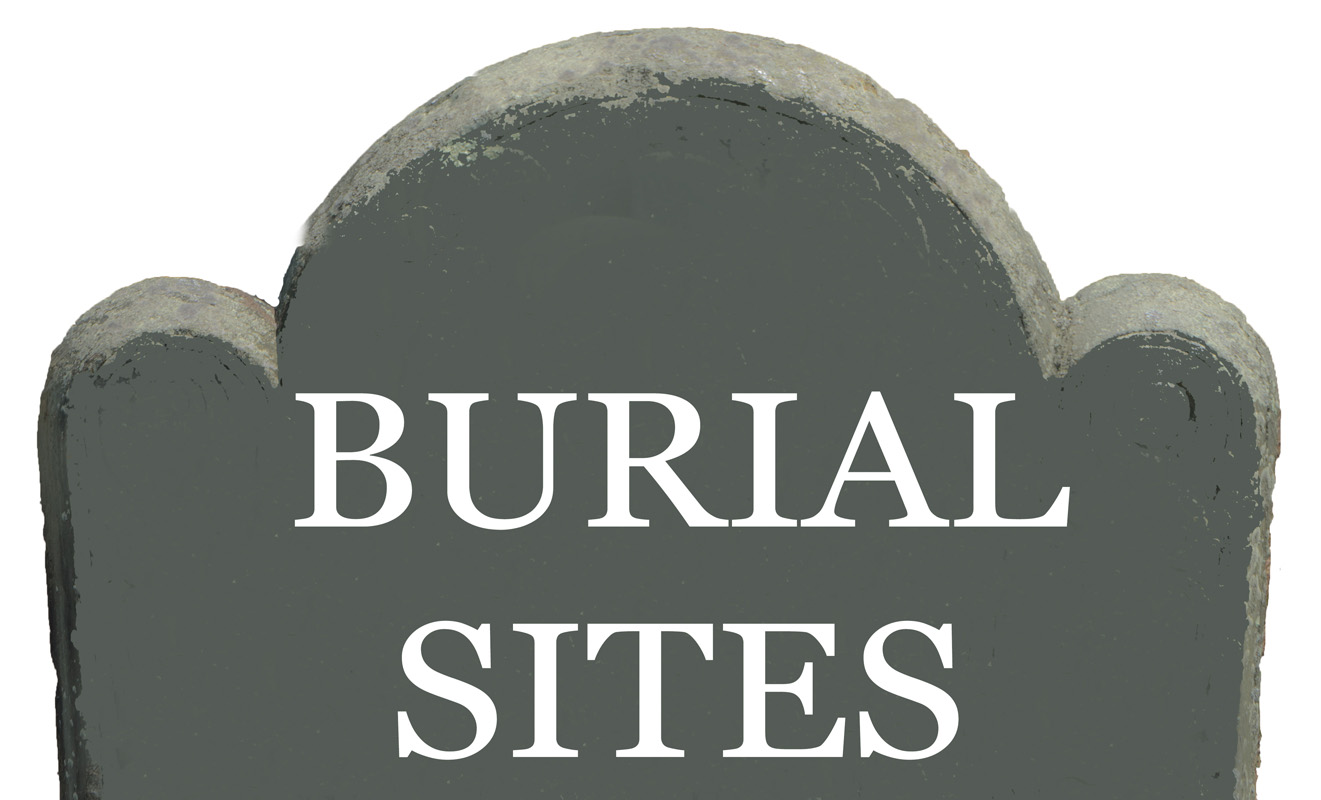

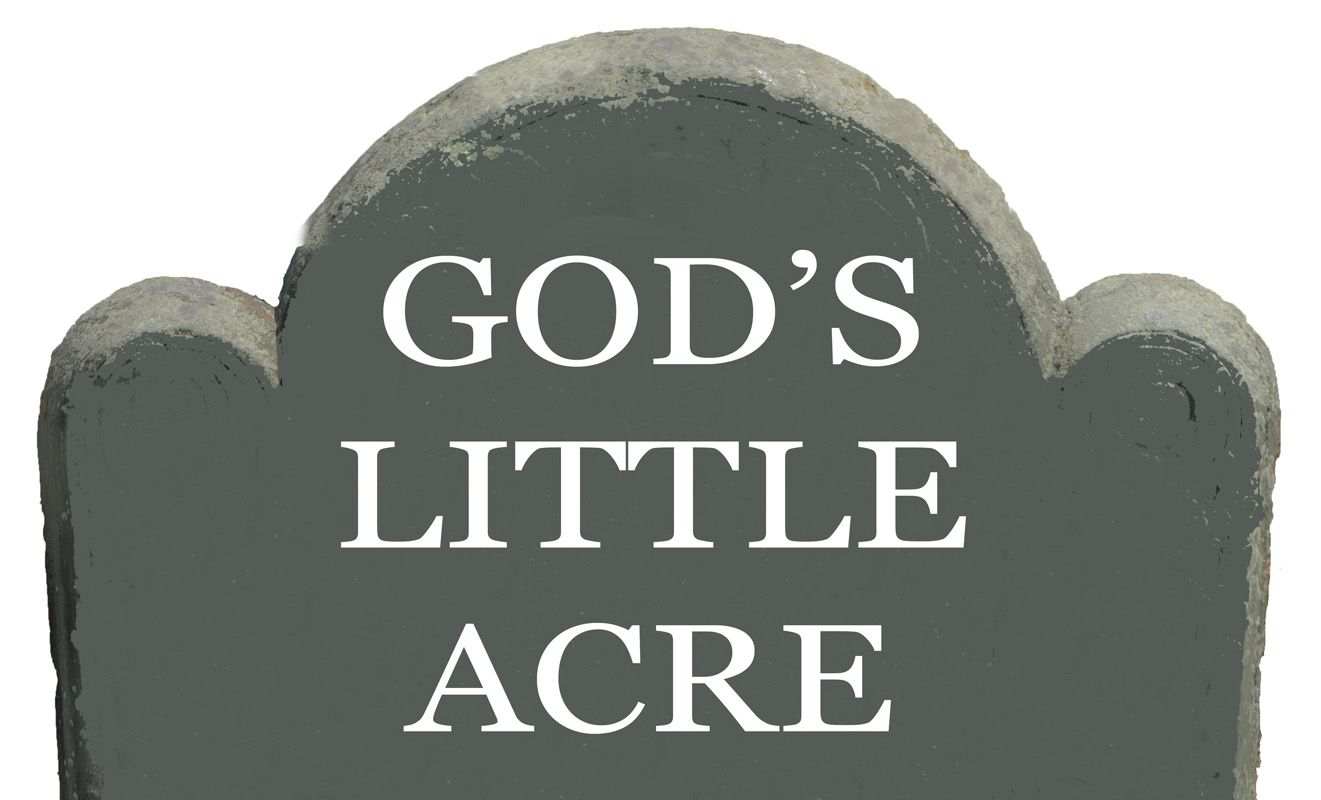 .
.